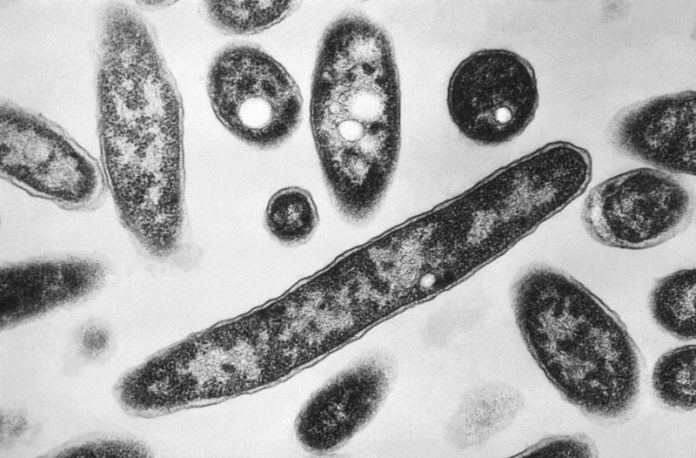
(NEXSTAR) – Three people have died and at least 67 have been infected as a cluster of Legionnaires’ disease cases in New York City continues to spread.
The case count has ballooned since the bacteria that causes Legionnaires’ started sickening people in late July.
City health officials link the outbreak in Central Harlem to cooling towers, structures containing water and a fan that are used to cool buildings. They said 11 of these towers initially tested positive for a type of bacteria that causes Legionnaires’, but the problem has been fixed.
Legionnaires’ disease is a type of pneumonia caused by bacteria that grows in warm water. It can spread through water systems, like showerheads, hot tubs or cooling towers for central AC. People often get the disease by inhaling mist from contaminated water, but it is not spread from person to person.
What are the symptoms of Legionnaires’ disease?
Once exposed to the bacteria, symptoms can take anywhere from two days to two weeks to show up, according to the Centers for Disease Control and Prevention.
The symptoms of Legionnaires’ overlap with other pneumonia symptoms: cough, fever, headaches, muscle aches and shortness of breath. In the most serious cases, Legionnaires’ can cause lung failure or death.
The pneumonia can be confirmed with a chest X-ray, but a lab test of a patient’s urine or phlegm would be able to confirm if the pneumonia is caused by Legionella bacteria.
Most people exposed to the bacteria don’t get sick, the CDC notes, but those with pre-existing conditions can suffer serious symptoms or death. About 1 in 10 people who gets the disease will die due to complications, the CDC says.
What is the treatment for Legionnaires’ disease?
Those in the neighborhoods of New York City impacted by the outbreak (ZIP codes 10027, 10030, 10035, 10037, 10039 and surrounding areas) should contact their doctor if they have any of the symptoms described above. That’s especially true for people 50 and older, people who smoke and people with chronic lung conditions, as they are more susceptible to serious consequences.
Once identified, the disease can be treated with antibiotics.
The Associated Press contributed to this report.




